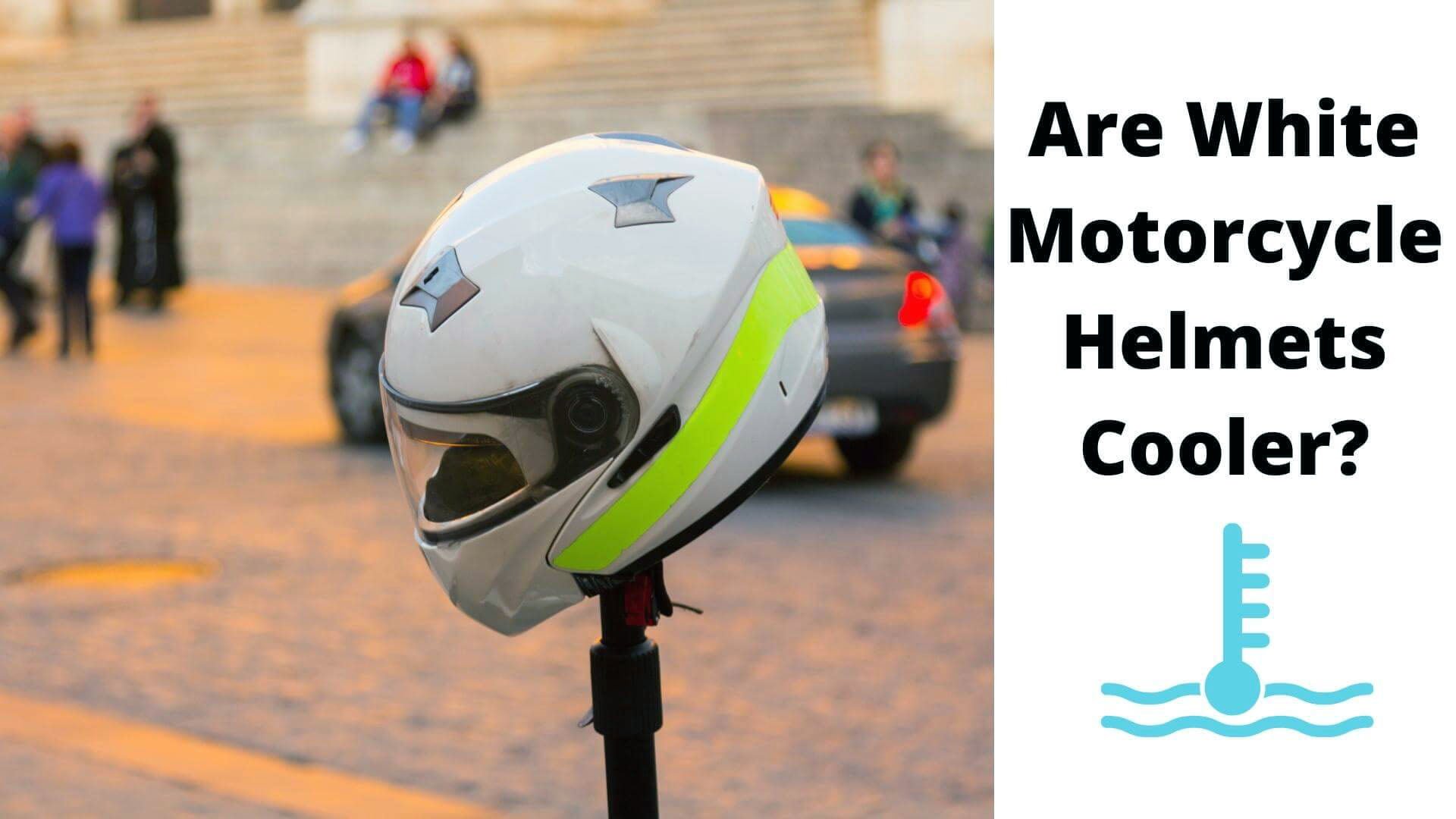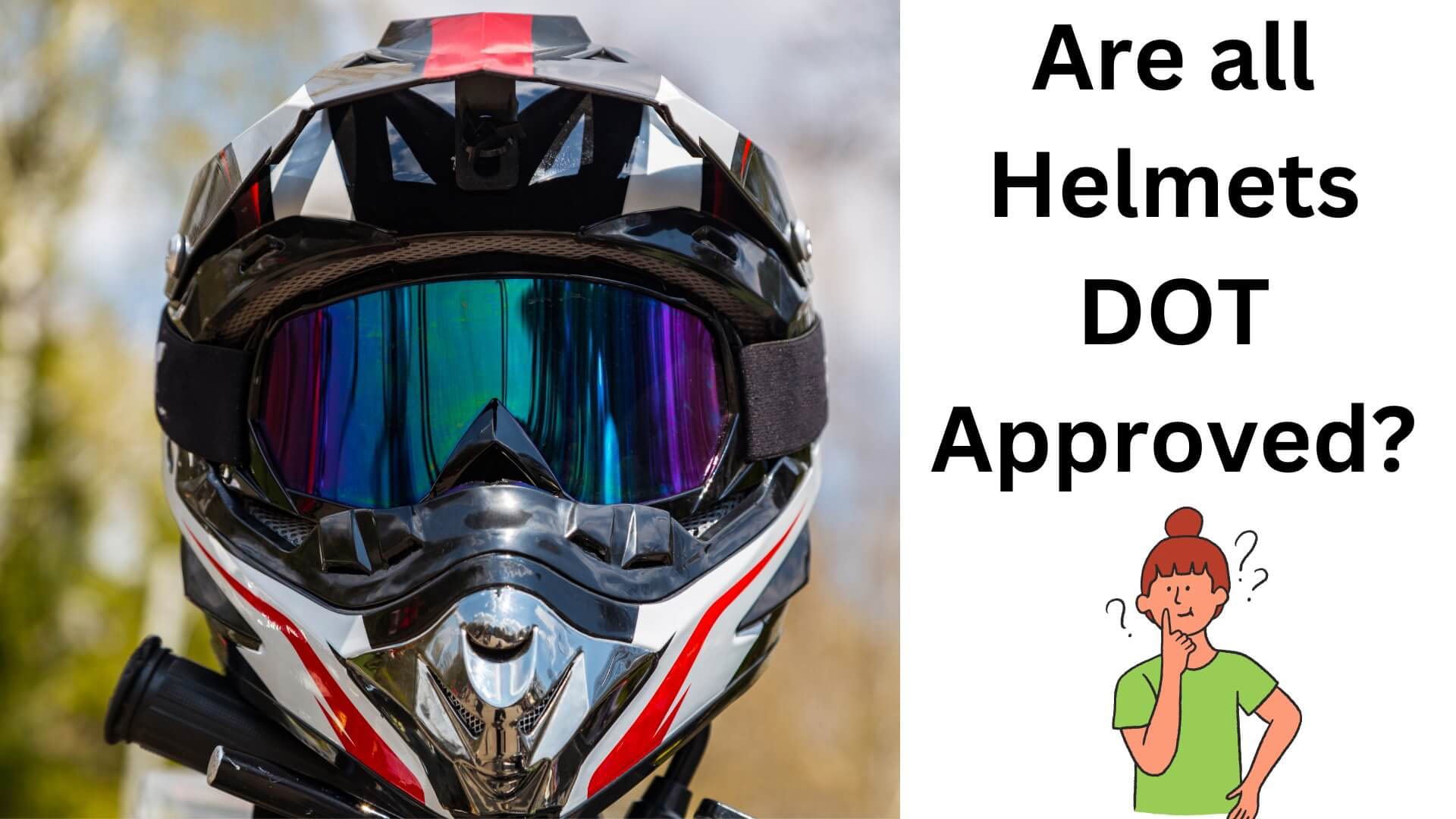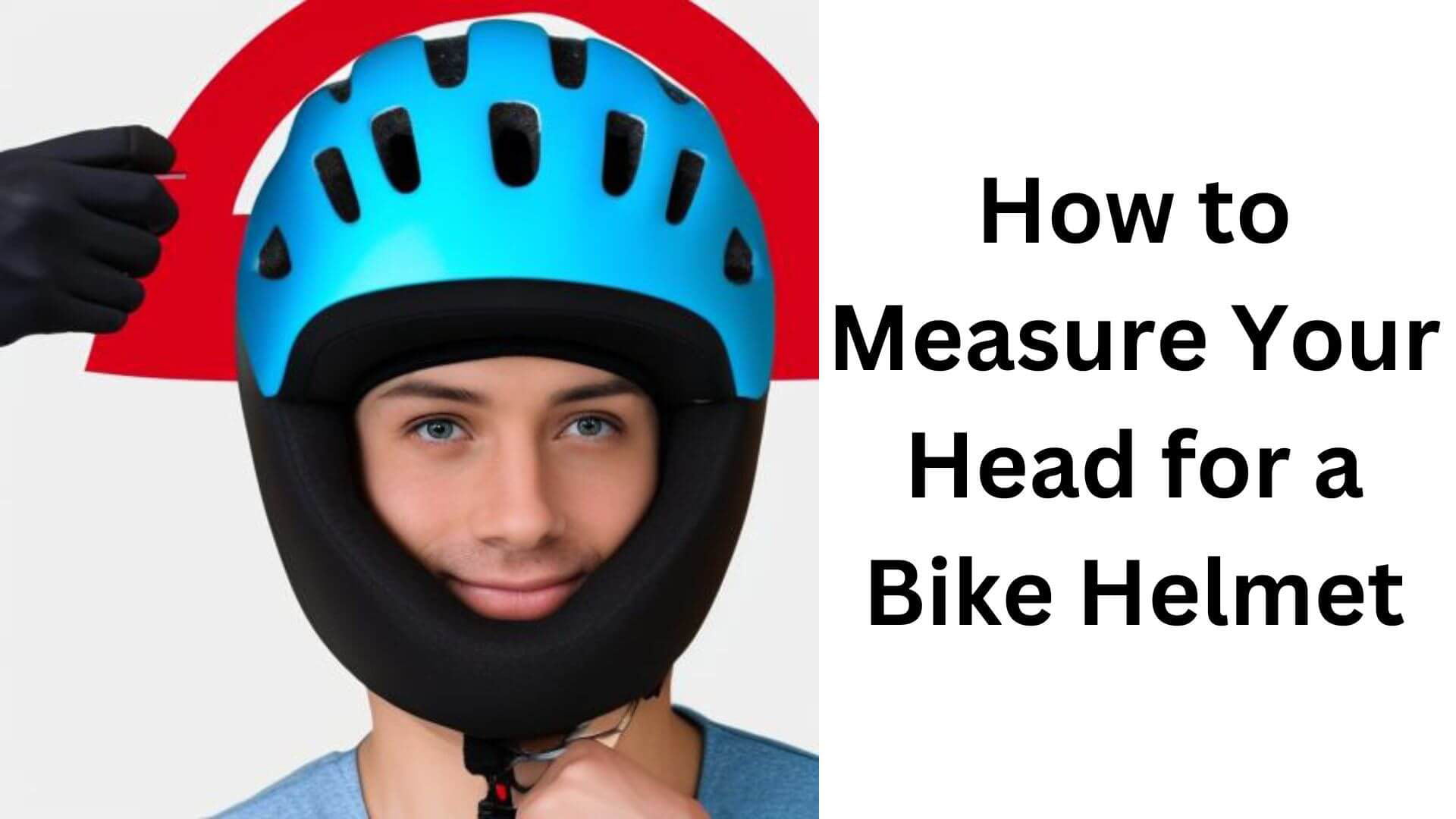How to Change Visor on AGV Helmet In Just A Few Easy Steps
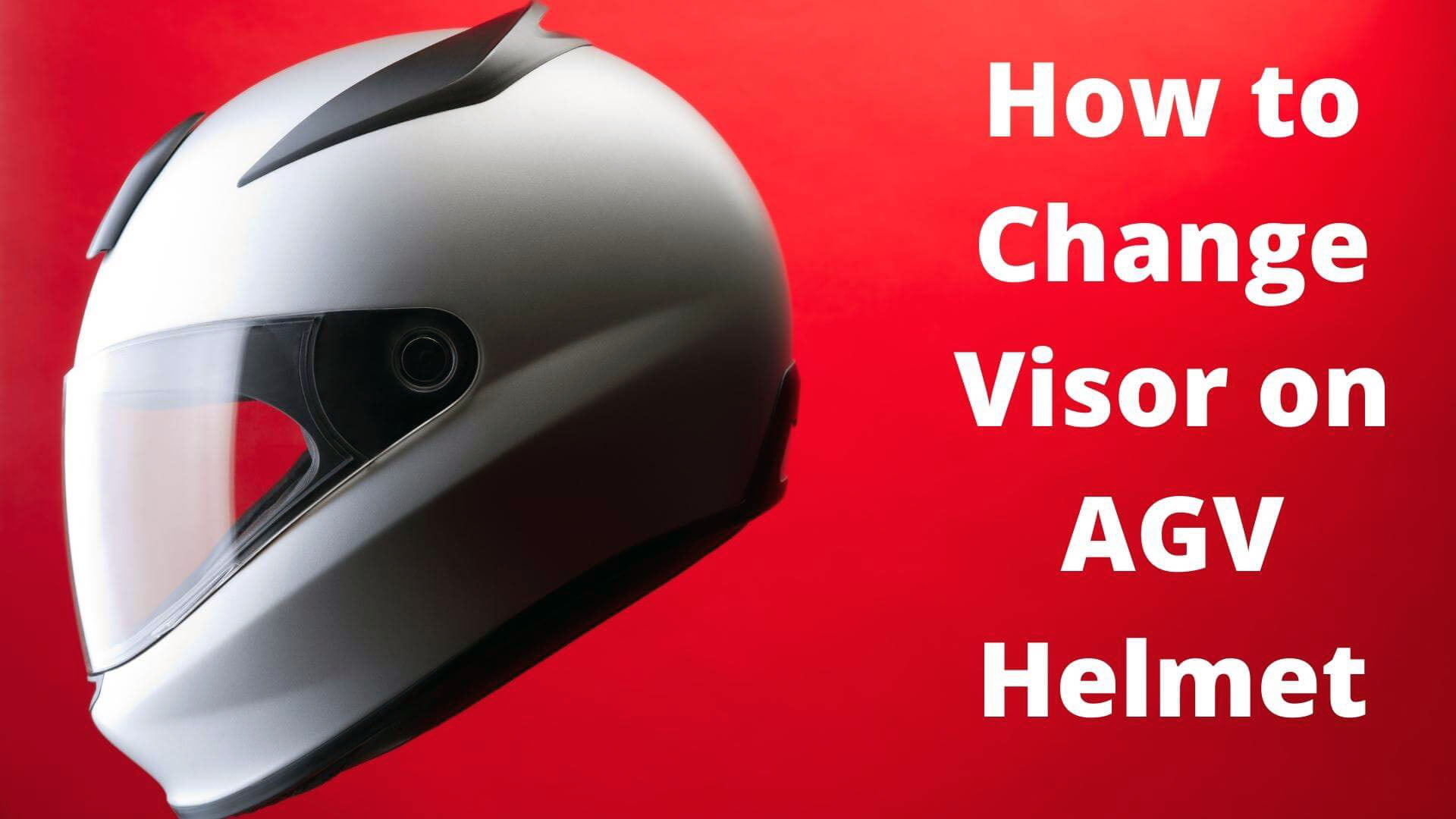
AGV is one of the best helmets on the market today. It is lightweight, comfortable, and stylish. But one thing that makes it a little different from other helmets on the market is that the visor can be easily changed. You can change the visor on the helmet, which is very easy.
This post will show you how to change the visor on an AGV helmet.
What is an AGV helmet?
An agv helmet is a motorcycle helmet that uses air-driven motors to help propel the rider. It is designed to provide better safety and protection than traditional helmets and has become increasingly popular among riders.
An agv helmet consists of two parts: the shell and the cushion. The cover is made from hard plastic or metal and attaches to the rider’s head using straps. The cushion is a soft, air-filled section that sits on the shell.
When the bike starts moving, the air pressure inside the cushion causes it to spin quickly around its vertical axis, which creates a thrust that propels the rider forward.
Using an agv helmet includes increased safety and protection against injuries caused by impacts with other objects or people.
Read More: How To Remove Scratches From Your Motorcycle Helmet Visor
6 Steps About how to change the visor on the AGV helmet?
The easiest way to change your AGV helmet’s visor. This will also save you a lot of time and money.
1. Unscrew the visor and take it off.
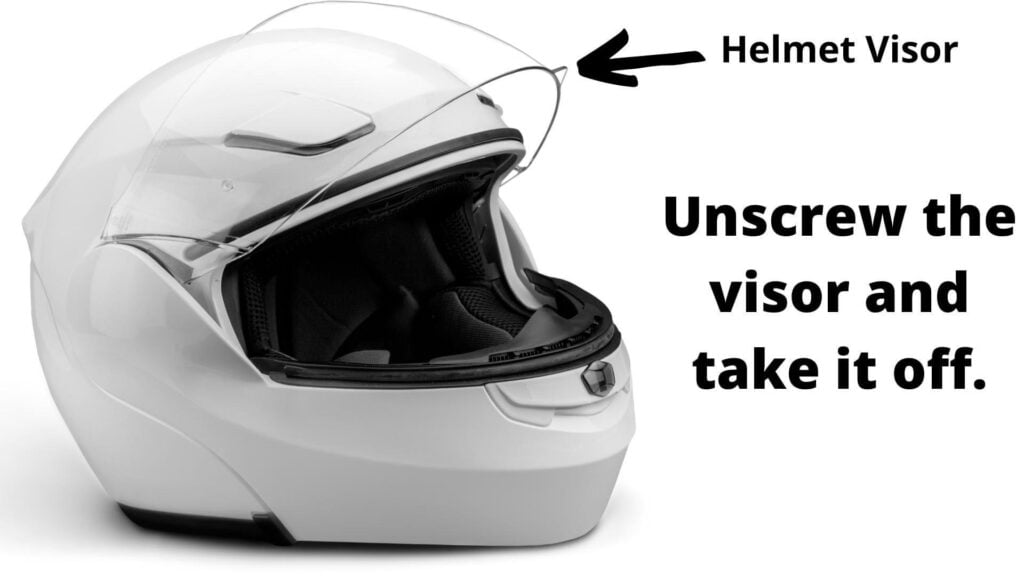
The visor on an average agv helmet is held onto the helmet with two screws. With a little bit of effort, these screws can be unscrewed and the visor can easily be removed.
This lets you see more clearly behind you and keeps the sun out of your eyes. It also prevents dust and other debris from accumulating on the visor, which could cause it to fog up or even fall off.
If you choose not to replace the visor, store it in a safe place so it doesn’t get lost!
Read More: How to Keep Rain off Motorcycle Helmet Visor
2. Remove the visor lens from the AGV helmet and put it aside.
When removing the visor lens from an AGV helmet, first ensure that the chin strap is secured. Once the strap is secure, pry the visor off of its mount.
Next, use a flathead screwdriver to pop out the two screws that hold in the lens. Finally, use a thin blade or a pair of pliers to remove the lens from its mount.
3. Remove the visor plate from the AGV helmet and put it aside.
Removing the visor plate from an AGV helmet is a simple process that can be completed quickly. First, locate the screws that secure the visor plate to the helmet. Using a Phillipshead screwdriver, remove these screws. Be careful not to lose them, as they will be needed to reattach the visor plate later.
Once the screws are removed, gently pull on the visor plate to remove it from the helmet. Be sure not to force or damage it in any way – simply pull it free until it snaps onto the other side of the helmet.
Finally, replace any lost screws and reattach the visor plate to the helmet using these new ones.
4. Remove the screws that hold the visor plate to the AGV helmet.
A Phillips head screwdriver can easily remove the screws that hold the visor plate to the AGV helmet. The screws are located on the visor plate and can be accessed by removing the two screws near either side of the visor.
Once the screws have been removed, the visor can be lifted off the helmet and replaced if needed.
5. Put the visor plate back on the AGV helmet.
When replacing the visor plate, make sure that the edges of the new panel are correctly seated in their recesses on both sides of the helmet. If they are not, use a screwdriver to pry them into place gently.
Finally, press down on all four corners of the new visor panel until they snap into place.
Check Also: How To Clean A Dirt Bike Helmet In 6 Simple Steps
6. Put the visor lens on the AGV helmet.
When ready to put on your AGV helmet, ensure the chin strap is securely fastened. Then locate the visor lens and insert it into its designated holder on the helmet.
Align the two edges of the visor lens with the helmet and press down evenly until it clicks into place. Finally, attach the side straps of the visor lens holder to either side of the helmet.
Check Also: Tips For Safely Securing Your Motorcycle With A Helmet Lock
FAQ of Changing AGV Helmet Visor
What is the difference between an AGV and a motorcycle helmet?

There are a few key differences between an AGV and a motorcycle helmet.
First, AGVs are typically built for heavy industrial use, whereas motorcycles are typically used for recreational purposes.
Second, AGVs typically have much greater head protection than motorcycle helmets.
Third, AGVs typically have more comfortable seats than motorcycle helmets.
Fourth, AGVs generally have more stability and control than motorcycles, making them better suited for high-speed applications.
Fifth, AGVs often come equipped with sensors that allow the operator to monitor their environment in real-time.
Finally, AGV operators are often required to wear a full-face helmet while operating an AGV.
How to open the AGV’s visor?
The AGV’s visor can be opened by pressing the release button on the side of the helmet.
How do you attach a pin-lock to AGV?
When attaching a pin-lock to an AGV, the first step is to identify the location of the locking mechanism. On many AGVs, this will be on the top of the valve body.
Once you have located the locking mechanism, use a small screwdriver to pry off the cover. Next, insert one end of the pin-lock into the locking mechanism and push it tight against the valve body.
Use a wrench to tighten the locknut against the valve body. Finally, replace the cover and enjoy your new pinlock!
Do AGV K1 have pinlock?
The short answer is that AGV does not include pin lock in their helmet line-up. This type of protection system is typically found on high-end motorcycle helmets.
Final Verdict
In conclusion, if you are experiencing an issue with your agv helmet visor, there are a few things that you can do to try and fix the problem. First, make sure that the visor is correctly installed on your helmet.
Second, if the visor is not fitting correctly or is damaged, you can try adjusting it using the screws on the sides of the helmet. Finally, if those two solutions do not work, you may need to replace your helmet.

Hey, I’m Hrithik Hossain. I am the head of helmethacks.com, which specializes in safety helmets. I am looking to connect with anyone interested in purchasing a helmet or who has any questions about different types of helmets. I have over 8 years of experience as a helmet expert, and I can’t wait to help you find the perfect helmet for you. I can help you with any questions regarding helmets, from the best brands to fitting, style, and more! I really enjoy keeping people safe by ensuring they have the best protection possible.


